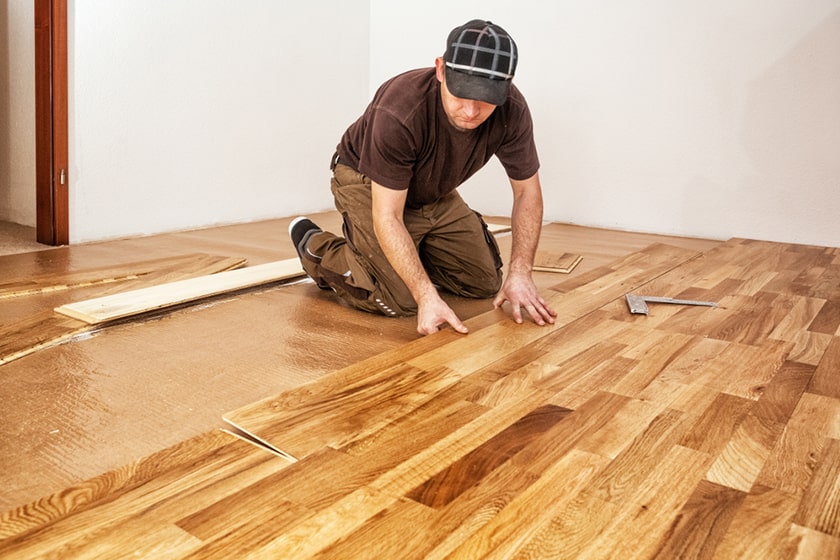Advantages of Engineered Wood Floors
Engineered woods are extremely adaptable, coming in a range of thicknesses, grades, sizes, and quality levels. As a result, it’s simple to work with most design types and in a variety of rooms to satisfy their application-specific needs.
Engineered wood of good grade is long-lasting and durable. As a result, the furniture carved from it has a long service life.
Most engineered woods have a smooth, flat surface that is free of knots, making them ideal for painting, polishing, and staining.
Decorative laminates and beautiful finishes can be added to their surfaces.
They are environmentally friendly because they are generally created from leftovers of other lumber products and do not require any extra tree harvesting.
Engineered wood furniture is much lighter than solid wood furniture. This makes them simple, easy, and quick to move, transfer, or carry.
These woods become termite and borer resistant after chemical treatments.

Disadvantages of Engineered Wood Floors
Some woods are dense, weighty, and long-lasting. As a result, working with them alone is challenging.
Certain woods, such as plywood, contain layers of veneers that show at the edges, necessitating the use of laminate or veneer to finish the edges.
In most situations, the urea-formaldehyde resin is used in the manufacturing process. The boards may become poisonous as a result of this, and the off-gas can further degrade indoor air quality.
Particleboards have limited resistance to moisture and humidity. As a result, they quickly expand, distort, and discolor.
One of the most significant disadvantages of MDF is that it is not water-resistant and hence has a tendency to absorb water and swell.
Check This Out: Top 7 Ceiling Design Ideas to Elevate Your Home or Workspace
You can also follow us on Instagram or Facebook for more interesting updates

